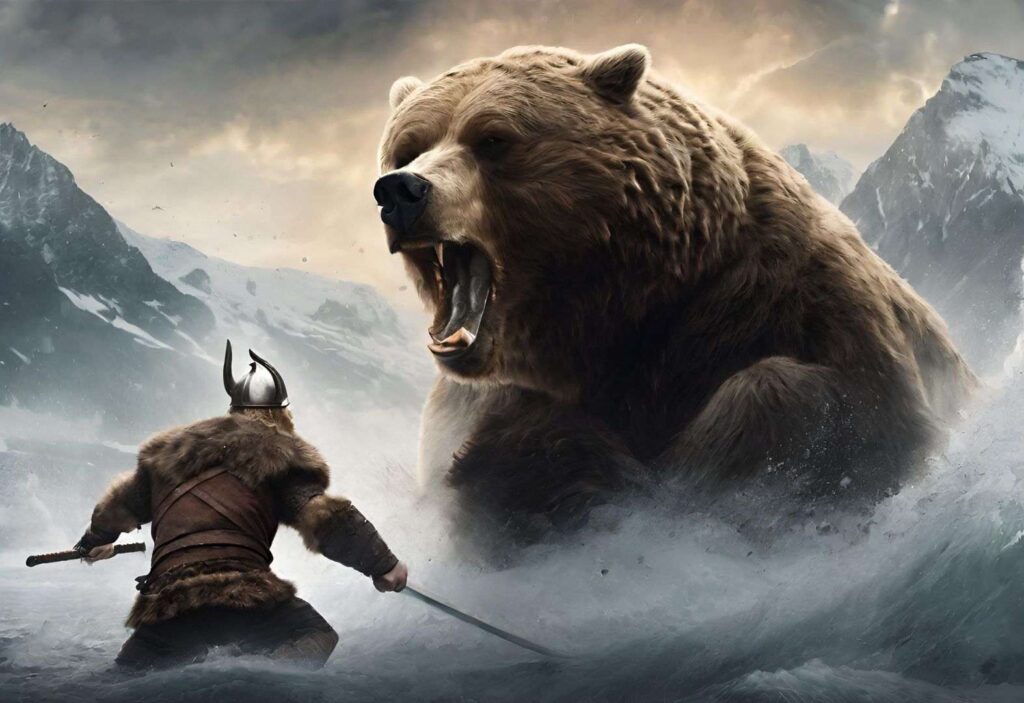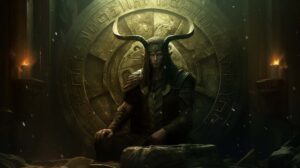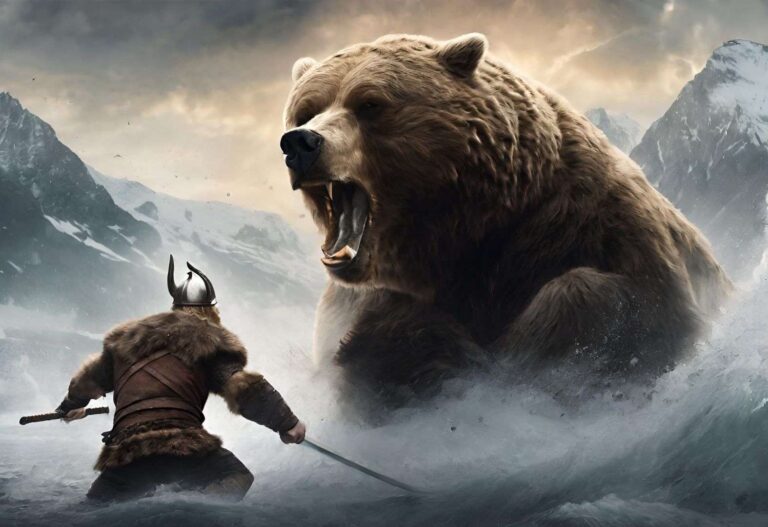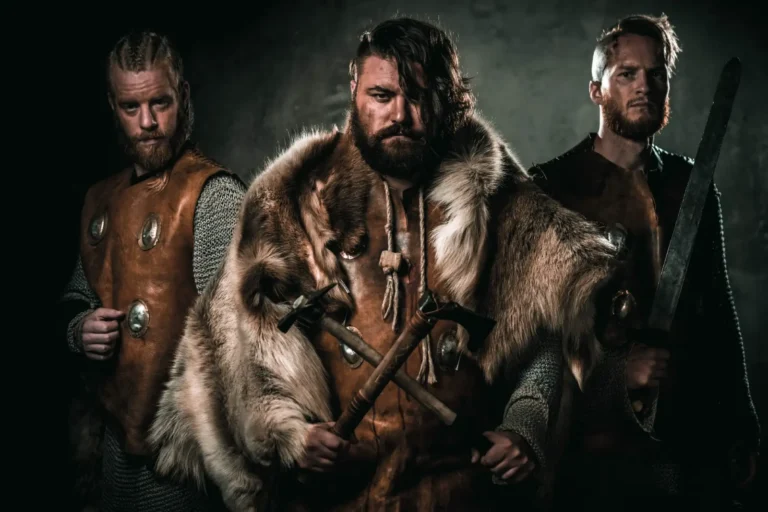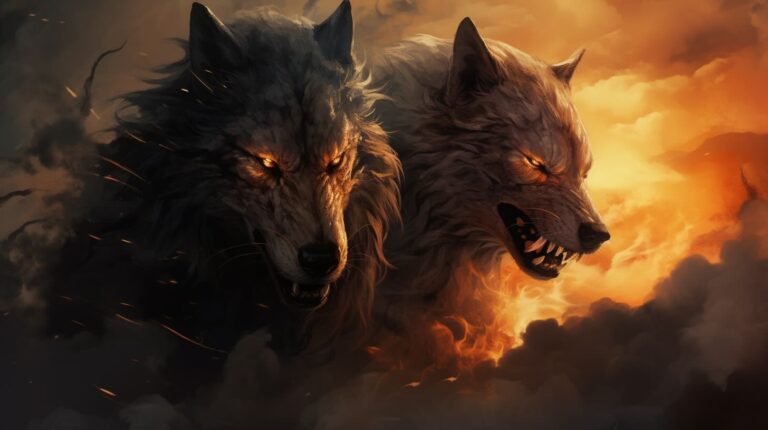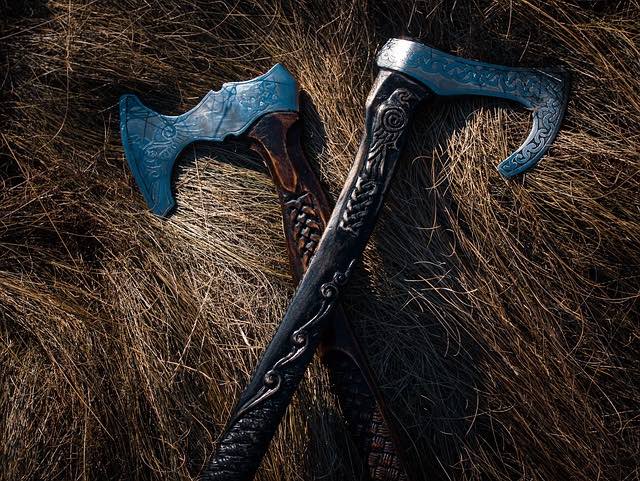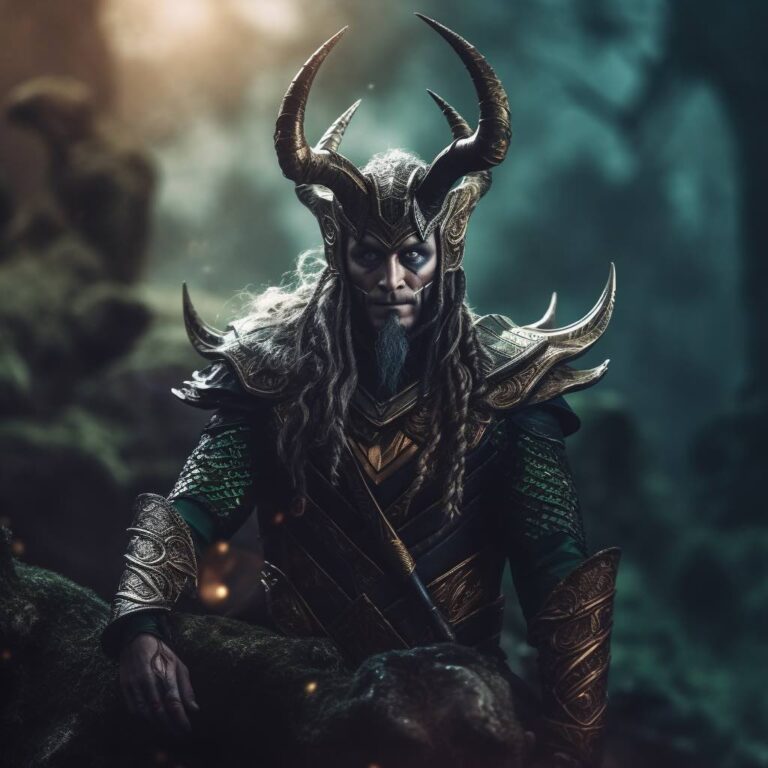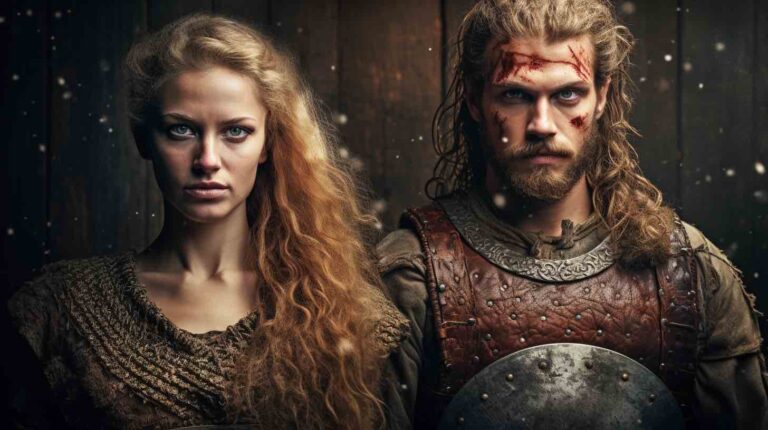Bears in Norse mythology and Viking culture
Bears hold a prominent place in Norse mythology and Viking culture, symbolizing strength, protection, and wisdom. They are often associated with motherhood and fertility in Norse mythology. For the Vikings, they embodied the nurturing and protective qualities of goddesses. It symbolized the great resemblance between a mother bear protecting her cubs at all costs, and the Viking goddesses protecting the warriors who went to battle.
Berserkers: The fierce warriors
Berserkers were legendary warriors of Norse mythology and Viking culture. They were renowned for their ferocity and fearlessness in battle. Derived from the Old Norse words for “bear” and “skin”, berserkers were believed to harness the spirit of the bear in combat. Before battle, the berserkers had rituals that looked like singing and dancing. They then entered a trance-like state (most likely with hallucinogens from types of fungi) which lead tot them not feeling pain, wounds, and fear. They became the ultimate warrior. Berserkers often wore bear pelts into battle, which they believed invoked the primal power of the bear.
Norse word for bear
In Old Norse, the word for bear is “bjǫrn”. The bear’s association with strength, protection, and wisdom made it a revered symbol in Viking culture, which the Norse people admired and aspired to emulate. For that reason, Björn was also a popular name that Vikings gave to their children. The Vikings believed it would invoke the qualities of the bear, symbolizing traits such as bravery, resilience, and ferocity. To this day, Björn is still a popular name in modern Scandinavia. Do you want to learn more about the popular Norse names? Then you can read our article the 20 most popular Viking names for males and females.
Did Vikings keep bears as pets?
There is limited evidence to suggest that Vikings kept bears as pets. Bears were often hunted for their meat, fur, and other resources, and their symbolism was deeply ingrained in Viking culture. There are a few resources that might indicate that there were some Vikings that kept bears as pets. They say that some Vikings captured bears as cubs and then raised them for entertainment or guardians. However, it is not likely that it was common for Vikings to keep them as pets. Most likely due to the practical challenges of keeping bears as domesticated animals.
The rumor that Vikings kept bears as pets probably comes from misconceptions or misinterpretations of historical evidence and cultural practices. The idea of Vikings keeping bears as pets may also be influenced by later folklore or artistic representations that romanticize or exaggerate Viking lifestyles.
Viking symbol for bear
The bear held a prominent place in Norse symbolism, representing strength, courage, and protection. In Norse art and mythology, bears were often depicted alongside gods and heroes. The bear’s image adorned everything from Viking ships to ceremonial objects, making it an emblem of Viking identity and values. The symbolism of the bear resonated deeply with the Norse people, reflecting their reverence for the natural world and their strength.
Bears in modern Norse culture
Today, bears continue to hold symbolic significance in modern Norse culture, representing strength, resilience, and connection to the natural world. The legacy of bears in Norse mythology and Viking culture also lives on in contemporary art, literature, and popular culture. Also, it can be found in tattoos and jewellery. Today, the bear remains a powerful emblem of Norse spirituality and cultural pride.
